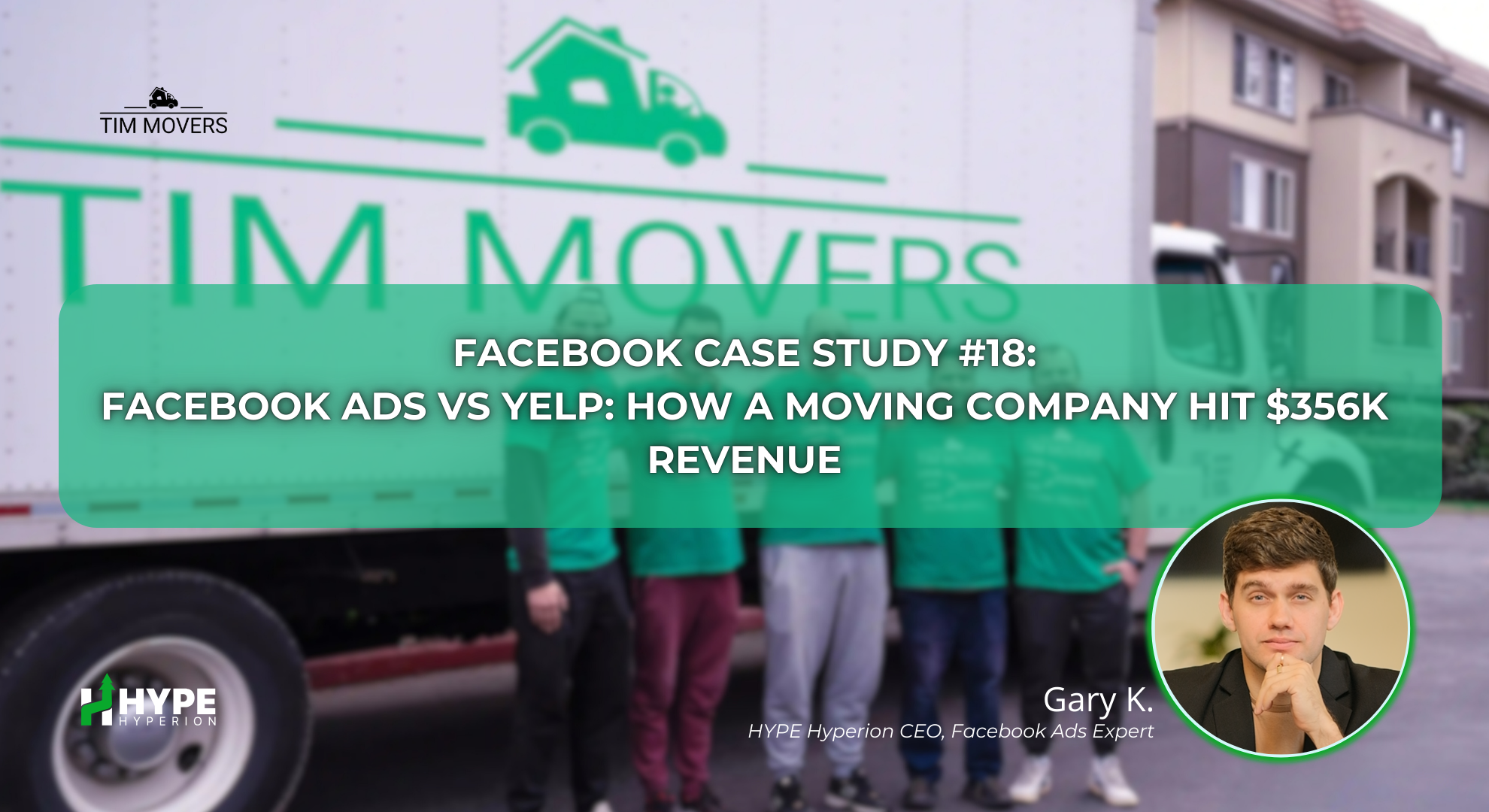In 2024, the landscape of web design is undergoing a transformative shift, driven by advancements in augmented reality (AR) and interactivity. These technologies are revolutionizing how websites engage users, offering immersive experiences that enhance user interaction and satisfaction.
Augmented Reality in Web Design
Augmented reality has transcended its origins in mobile apps and is now making significant inroads into web design. By overlaying digital content onto the real world through the user’s device, AR enhances the visual appeal and functionality of websites. For instance, furniture retailers can allow customers to visualize products in their homes using AR, providing a more informed purchasing decision.
Enhancing User Engagement through AR
AR enhances user engagement by providing interactive elements that captivate and inform visitors. Websites can integrate AR features such as virtual try-ons, interactive product demonstrations, and immersive storytelling experiences. This not only keeps users engaged but also differentiates brands by offering unique and memorable interactions.
The Role of Interactivity in Modern Web Design
Interactivity is pivotal in creating user-centric web experiences that go beyond static content. It enables users to actively participate in the browsing experience, fostering a sense of control and personalization. Features like quizzes, polls, and interactive infographics empower users to explore content at their own pace and engage with brands on a deeper level.
Personalizing User Journeys
Modern web design prioritizes personalization through interactive elements that adapt based on user behavior and preferences. By leveraging data analytics and AI, websites can deliver personalized recommendations, content suggestions, and tailored experiences. This level of customization not only improves user satisfaction but also increases conversion rates by delivering relevant content in real time.
Implementing AR and Interactivity Effectively
Integration with Responsive Design
Effective implementation of AR and interactivity requires seamless integration with responsive design principles. Websites must ensure compatibility across devices and platforms to provide consistent user experiences. Responsive design adapts content layout and functionality based on the user’s screen size, ensuring usability and accessibility across desktops, tablets, and smartphones.
Optimizing Performance and Load Times
Despite the advancements in AR and interactivity, optimizing website performance remains crucial. Fast load times and smooth user interactions are paramount to retaining visitor engagement. Techniques such as lazy loading, image optimization, and caching help mitigate latency issues, ensuring a seamless browsing experience.
Future Trends and Innovations
AI-Powered Personal Assistants
Looking ahead, AI-powered virtual assistants integrated into websites will further enhance user interactions. These assistants can provide real-time support, answer queries, and guide users through personalized journeys. By leveraging natural language processing (NLP) and machine learning, virtual assistants offer a human-like interface that streamlines navigation and enhances user satisfaction.
Continuous Evolution of Design Patterns
Web design trends will continue to evolve, influenced by technological advancements and user expectations. Designers will explore new aesthetics, navigation patterns, and storytelling techniques to create compelling digital experiences. Embracing iterative design processes and staying updated with industry trends will be crucial for maintaining relevance and competitiveness in the digital landscape.
Conclusion
In 2024, augmented reality and interactivity are reshaping web design by offering immersive, personalized, and engaging experiences. By integrating AR features and interactive elements effectively, brands can elevate user engagement, drive conversions, and differentiate themselves in a competitive market. As technology evolves, embracing these trends will be essential for crafting user-centric web experiences that resonate with modern audiences.
For marketing agencies like Hypehyperion, staying at the forefront of web design trends is essential. By leveraging AR, interactivity, and responsive design principles, they can empower brands to optimize their digital presence, enhance user engagement, and achieve business growth through innovative web experiences.


